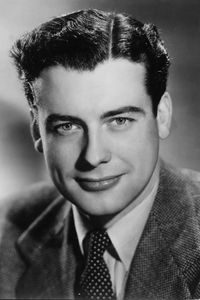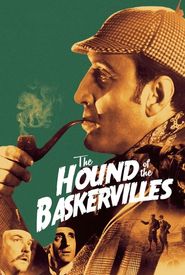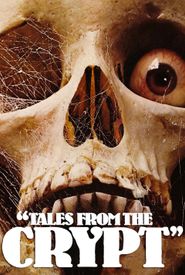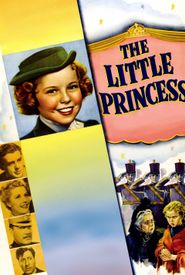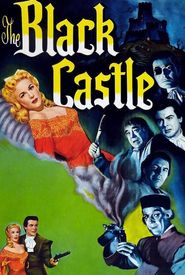Richard Marius Joseph Greene was born on August 25, 1918, in Plymouth, Devonshire, England, to a family of four generations of actors. He was educated at the Cardinal Vaughn School in Kensington and began his acting career on stage, making his debut in 1933 at the Old Vic as a spear carrier in a production of William Shakespeare's "Julius Caesar".
Greene's early film career was marked by several skillful leading man performances, but he was eventually typecast in routine costume adventures. His good looks, which had aided his entry into films, ultimately proved detrimental to his development as a film actor.
Greene's breakthrough came in 1936 when he won accolades on the London stage as the juvenile lead in Terence Rattigan's "French Without Tears", which brought him to the attention of Alexander Korda and Darryl F. Zanuck. Fox signed him in January 1938 and cast him in his first film, "Four Men and a Prayer", followed by several notable performances, including "Kentucky", "The Hound of the Baskervilles", and "Little Old New York".
However, Greene abandoned his studio contract in 1940 to aid in the war effort, enlisting in the Royal Armoured Corps of the Twenty-Seventh Lancers, where he became a captain. He was discharged in December 1944 and returned to England, where he married beautiful British actress Patricia Medina in 1941.
After the war, Greene and his wife appeared on stage and in British movies, including "Don't Take It to Heart!" and "Showtime". In 1946, he returned to Hollywood, but his dreams of regaining his lost momentum did not materialize, and he found himself taking whatever film work he could find.
Greene's most memorable film role was in "The Black Castle" (1952),where he battled an evil one-eyed Bavarian count. By the 1950s, he had turned away from filmmaking in favor of the stage and television, appearing in several live drama series, including "Studio One" and "The United States Steel Hour".
In 1955, Yeoman Films of Great Britain approached Greene to play the legendary "Robin of Locksley" in a proposed series, "The Adventures of Robin Hood", aimed at the American market. The result was one of the most memorable and successful series of the decade, lasting five years and consisting of 143 half-hour episodes, which made Greene a major television star and a rich man.
After the series ended, Greene purchased an Irish country estate and settled into a life of leisure with his new wife, Brazilian heiress Beatriz Summers. He appeared less and less interested in his profession, only occasionally accepting acting work. His latter films were mostly forgettable action adventures and horrors.
Greene's second marriage ended in divorce in 1980, and two years later, he suffered serious injuries in a fall followed by a diagnosis of a brain tumor. In 1982, he underwent brain surgery from which he never fully recovered. Richard Greene died in Norfolk, England on June 1, 1985, from cardiac arrest following a fall.
Although his movie career was ultimately a disappointment to him, Greene eventually came to accept and even embrace his cinematic fate as a swashbuckling hero.
